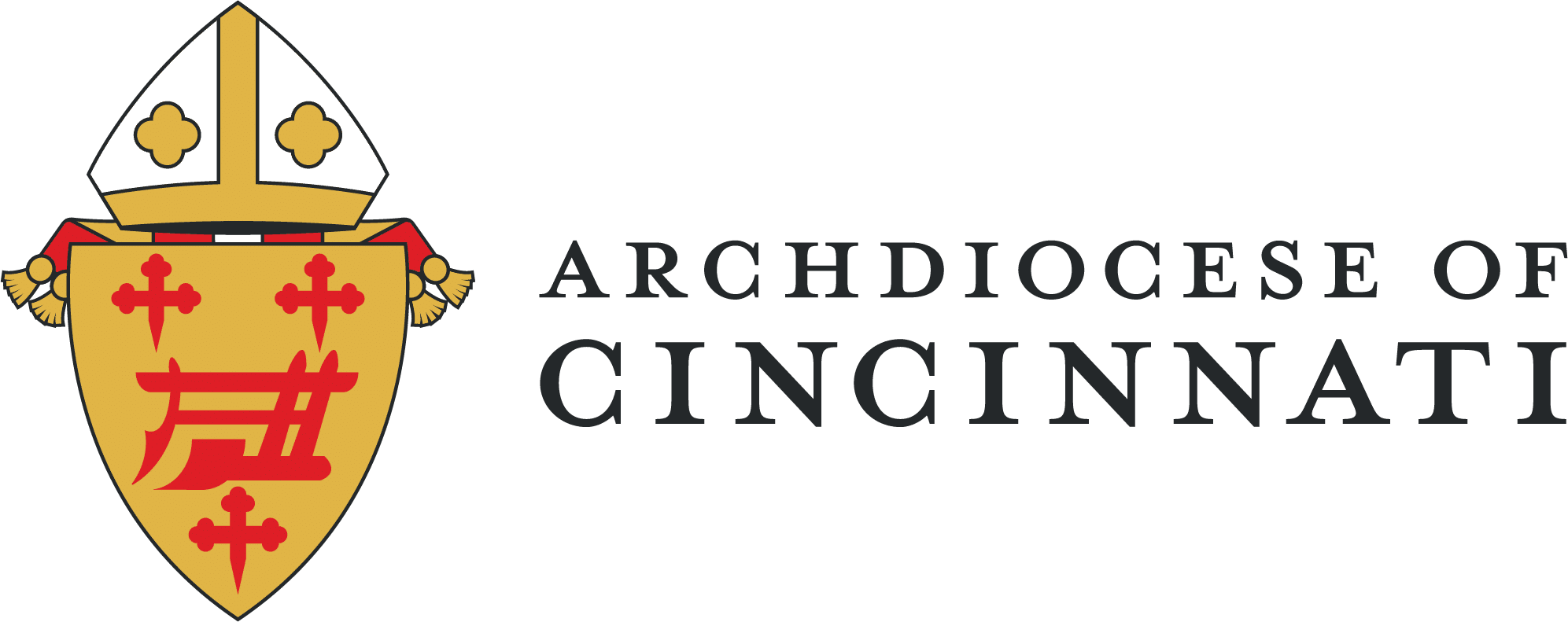Reverend Thomas W. Schmidt died on July 24, 2020 in Dayton, Ohio. He was born on May 31, 1948 in Cincinnati, Ohio. He received a B.S.Ed. from Edgecliff College/Xavier University, Cincinnati, a M.A.Ed. from Harding University, Searcy, Arkansas, and a M.Div. from The Athenaeum of Ohio, Cincinnati. He was ordained on May 15, 1999 at St. Peter in Chains Cathedral, Cincinnati, by Archbishop Daniel E. Pilarczyk.
Father Schmidt received his first assignment on July 2, 1999 as Parochial Vicar at St. Charles Borromeo Parish, Kettering. On July 1, 2002, he was appointed Pastor of St. Francis of Assisi Parish, Centerville for a period of six years. He was appointed Pastor of St. Francis of Assisi Parish for two more consecutive six-year terms, commencing on July 2, 2008 and on July 1, 2014. Additionally, Father Schmidt served on the Presbyteral Council for the Dayton Deanery from 2009 – 2010. He served on the Child Protection Review Board of the Archdiocese of Cincinnati starting in 2006 and continued to serve until his retirement from active ministry. Father Schmidt retired from active ministry on June 30, 2018.
Reception of the Body: Tuesday, July 28, 2020, at 4:00 p.m. at St. Francis of Assisi Church, 6245 Wilmington Pike, Centerville, Ohio 45459; (937-433-1013). Celebrant: Reverend Brian W. Phelps. Homilist: Reverend Christopher J. Worland. Visitation: immediately following until 8:00 p.m.
Mass of Christian Burial: Wednesday, July 29, 2020, at 11:00 a.m. at St. Francis of Assisi Church. Celebrant: Most Reverend Dennis M. Schnurr. Homilist: Deacon Christopher A. Rauch.
Burial: Wednesday, July 29, 2020, immediately following Mass of Christian Burial at Calvary Cemetery, 1625 Calvary Drive, Dayton, Ohio 45409. Celebrant: Reverend Christopher J. Worland.

